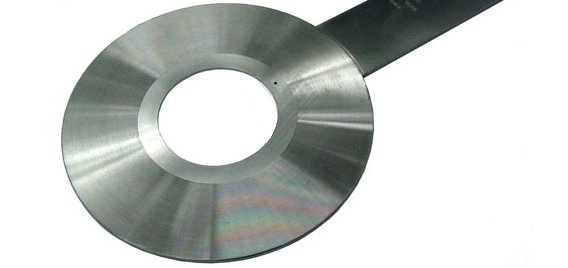Chemical and Process Engineering Resources
Flow Through Orifice Plates in Compressible Fluid Service at High Pressure Drop
Nov 08 2010 01:40 PM | dkirk in Safety and Pressure Relief
Orifice flow calculations typically use the following equations or some variant of them:
 | Crane Eq. 2-24 / Eq. (1) |
| Crane Eq. 2-23 / Eq. (2) |
Download this calculator in our Online Store
For metering applications the ASME equation is often used to determine the Expansion Factor Y:
 | Eq. (3) |
for flange taps, where P and T are in absolute units.
For high accuracy metering (e.g. AGA 3) use of these calculations is often limited to ![]() .
.
 | Eq. (4) |
where P and T are in absolute units.
It is then often assumed that the orifice flow goes critical (i.e. sonic velocity) at P2 = 0.528 x P1 (for air) and the choked flow equation is then applied:
 | Eq. (5) |
| Eq. (6) |
(Crane Pg 2-15), where Pcr = 0.528 x P1
For P2 less than Pcr this method assumes that the flow does not increase further.
Download additional information on the derivation of this method in our Article Supplements Repository

 FB
FB


0 Comments